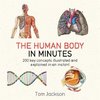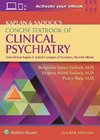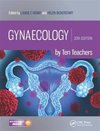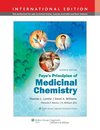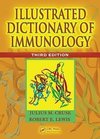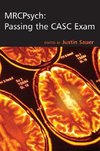
-
 Anglický jazyk
Anglický jazyk
Hepatotoxicity: Mechanisms, Assessment, and Herbal Protectants
Autor: Pradeep Kamboj
The liver plays an imperative role in the maintenance, performance, and regulation of homeostasis in the body. Many chemicals/drugs are reported to induce necrosis, apoptosis, fibrosis or cirrhosis, cholestatic jaundice and produce microvesicular steatosis.... Viac o knihe
Na objednávku
36.99 €
bežná cena: 41.10 €
O knihe
The liver plays an imperative role in the maintenance, performance, and regulation of homeostasis in the body. Many chemicals/drugs are reported to induce necrosis, apoptosis, fibrosis or cirrhosis, cholestatic jaundice and produce microvesicular steatosis. The article focuses on various types of adverse hepatic reactions, their general principles, and mechanisms involved in induced liver injury and predictability of toxicity under laboratory conditions. Hepatotoxicity is usually initiated by the direct participation of the parent drug/chemical or reactive metabolites of the same, which either directly or indirectly affect the cell biochemistry or elicit an immune response. The molecular and cellular elements associated with these pathways can be utilized in the prediction and characterizing hepatotoxicity using in-vivo methods. Hepatic toxicity might be detected usually by monitoring the activities of enzymes like alanine aminotransferase (ALT), aspartate aminotransferase (AST), alkaline phosphatase (ALP), and gamma-glutamyl transpeptidase in addition to conjugated bilirubin levels in serum and histopathological examination of the liver tissue.
- Vydavateľstvo: LAP LAMBERT Academic Publishing
- Rok vydania: 2019
- Formát: Paperback
- Rozmer: 220 x 150 mm
- Jazyk: Anglický jazyk
- ISBN: 9786200291431
